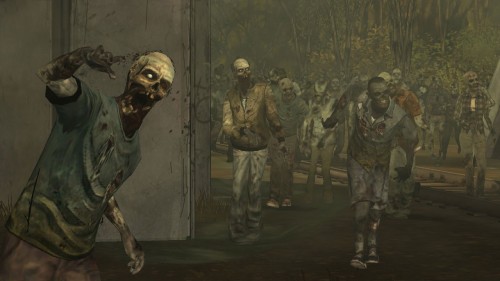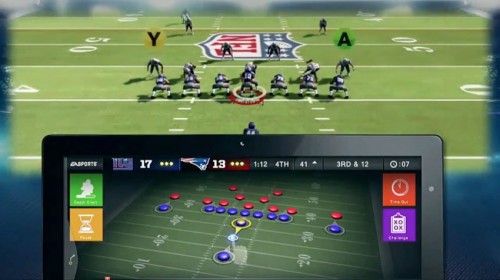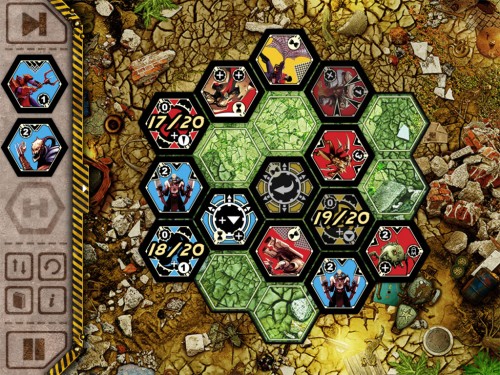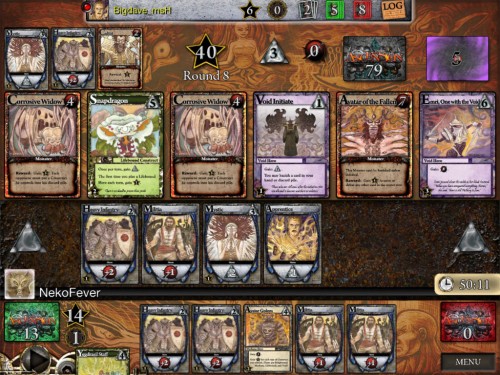Long time no post, eh?
Maybe I was being dramatic back at E3. Maybe, when I thought this year was so crap that I was considering getting out of games altogether, it was an overreaction. The fact that my list of GOTY contenders contained only a couple of entries as far into the year as May spoke for itself, but a few months later, 2012 hasn’t turned out so badly. New blood in the form of new hardware is sorely needed, don’t get me wrong, but it’s been far from the death knell of the whole industry.
I’m still struggling to see where ten games that are truly worth celebrating are coming from, to be honest, but the absence of big, big games to get excited about – Halo 4 being my one exception – has forced me to expand my horizons, giving B-tier games that might not otherwise get a look in a chance.
I think the disappearance of the B-tier game as all but the biggest and safest developers fail has been a problem, and as a result I’m keen to champion them. Look at how many minor classics, sleeper hits and brave experiments we had last generation that could never happen this time around. I’m talking about games like Beyond Good & Evil, Psi-Ops: The Mindgate Conspiracy, Freedom Fighters, Stranger’s Wrath, Breakdown. Some weren’t hits, sure, but those who played them enjoyed them, and one commercially failed experiment wasn’t enough to torpedo a developer.
Well, those games do exist, albeit in reduced numbers, if you care to look.
The Darksiders series is one. It was a new property, backed by a new and enthusiastic developer, that was fun and ambitious in scope. That’s why I keenly bought into Darksiders II and thoroughly enjoyed myself with it. Sleeping Dogs as well, which had a tumultuous gestation but turned out to be a critical and, from the looks of things, commercial success. Both were fun and would have been overlooked, had they stumbled into the big hitters that have no doubt shifted production to future hardware.
The consoles’ archaic hardware hasn’t stopped the progress of the PC, of course, and anecdotally I’ve seen a lot of bored console gamers investing in gaming PCs, which can be had for only a little more than the likely price of the next-gen consoles. This boost in the market has helped consoles as well, leading me to enjoy fantastic 360 versions of games that are traditionally PC fodder: XCOM: Enemy Unknown and The Witcher 2. Both likely candidates for my eventual GOTY list and worlds apart from the corridor-based man-shooters we’ve been told are all that’s being made nowadays.
Small developers, too. We’re starting to get some of the spoils of the Kickstarter boom in indie games and genre revivals, with FTL: Faster Than Light being another that I’ve fallen slightly in love with. Terry Kavanagh’s Super Hexagon has sucked an ungodly amount of my time and been responsible for more than one premature battery depletion on my phone. Great console downloads like Journey and Trials Evolution. The list goes on.
In fact, the two biggest disappointments of the year have been arguably its two biggest games from established names so far: Mass Effect 3 and Diablo III. Both had prominent PR disasters – the reception to the ending, which I actually defended in the name of artistic integrity, and Error 37 respectively – and should maybe be taken as evidence that those who are gnashing their teeth over the state of the games industry need to broaden their horizons. Look beyond the chart and the PR machine at where the buzz is, because passionate gamers are rarely wrong.
Come the end of the year, 2012 likely won’t be one that’ll be looked back on with any great nostalgia. The death knell of the industry, though? Perhaps we were hasty.






 The second iPhone game on this list is probably more typical of the kind of thing that gets all the plaudits in indie circles: a solo developer, gorgeous art, and simply a good idea done extremely well. I adore a bit of score-chasing on the phone, and I found myself losing hours to the hypnotic flow of Tiny Wings, falling into a rhythm that changed with the day’s randomly generated terrain.
The second iPhone game on this list is probably more typical of the kind of thing that gets all the plaudits in indie circles: a solo developer, gorgeous art, and simply a good idea done extremely well. I adore a bit of score-chasing on the phone, and I found myself losing hours to the hypnotic flow of Tiny Wings, falling into a rhythm that changed with the day’s randomly generated terrain.